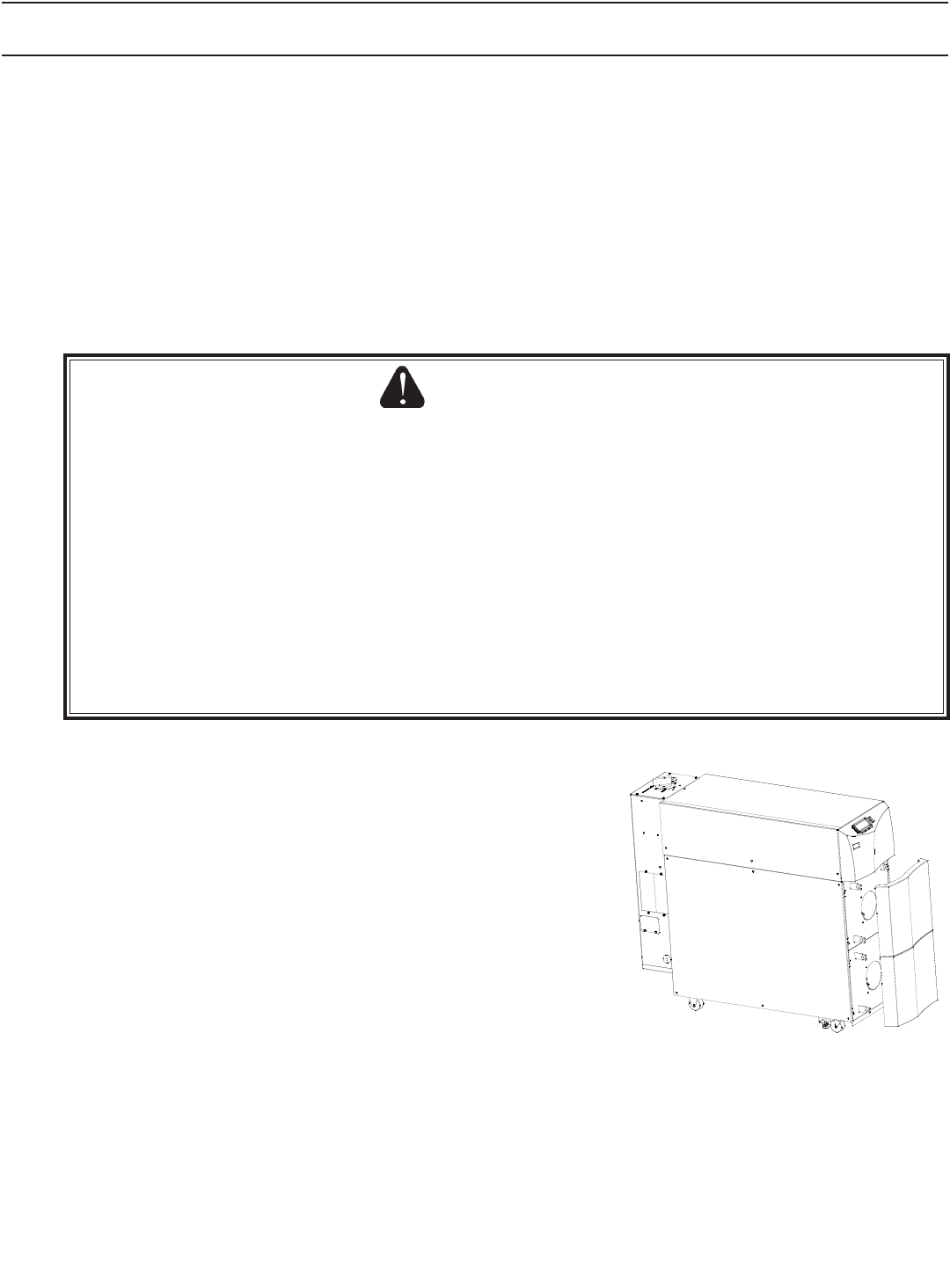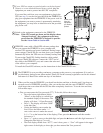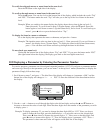
5
300 Starting the UPS
Note: If you plan to store your UPS, the storage temperature must be between –20° and +40° Celsius (–4° and
+104° Fahrenheit). If the UPS does not have internal batteries, you can store it at –20° to +60° C (–4° to
+140° F). The batteries must be recharged every 90-120 days. To recharge the batteries, start the
UPS and let it operate for 8 hours. (If the batteries are in a separate cabinet, make sure the
cabinet is connected to the UPS.)
Before you start the UPS, make sure the temperature is 0° to 40° Celsius (32° to 104° Fahrenheit). The relative
humidity must be 0-95% without condensation. The air must be free of dust, chemicals that corrode, or other
contaminants, and it must be free to move around the UPS.
1
When you receive the FERRUPS, two sections of the front panel
are not attached. You will find the panel sections in the packing
material on the top of the UPS.
Attach the smaller of the two panels to the middle section. To do
this, fit the slots on the back of the panel over the metal tabs on the
front of the UPS. Then, push the panel in until it snaps in place.
Make sure the panel is completely attached with no gaps between
the panel and the UPS. Attach the larger of the two panels to the
bottom section of the UPS.
2
If your UPS is not a soft-wired (plug-in) model, an electrician must install the UPS and connect the
equipment you want to protect. See the FERRUPS Installation Manual. After the UPS has been installed,
make sure the bypass switch is turned to “LINE,” skip step 3, and go to step 4 below.
If your UPS is a soft-wired (plug-in) model, turn off the equipment you want to protect.
CAUTION
To avoid possible equipment damage or personal injury, assume that the FERRUPS terminals or receptacles
(outlets) may have AC voltage present whenever AC input voltage or DC battery voltage is supplied.
FERRUPS can provide output voltage from its batteries even when there is no AC input voltage. When AC
input voltage is available, FERRUPS can provide output voltage even when its batteries are disconnected. To
make sure there will be no UPS output voltage, always disconnect the AC input source; if you have a separate
battery cabinet, you must also shut off the DC switch or disconnect the battery cabinet from the UPS.
To reduce the risk of electric shock, install the UPS in a temperature-controlled indoor area free of conductive
contaminants.
When the UPS is shipped, two sections of the front panel are not attached. Attach the front panel
sections before starting the UPS.


















